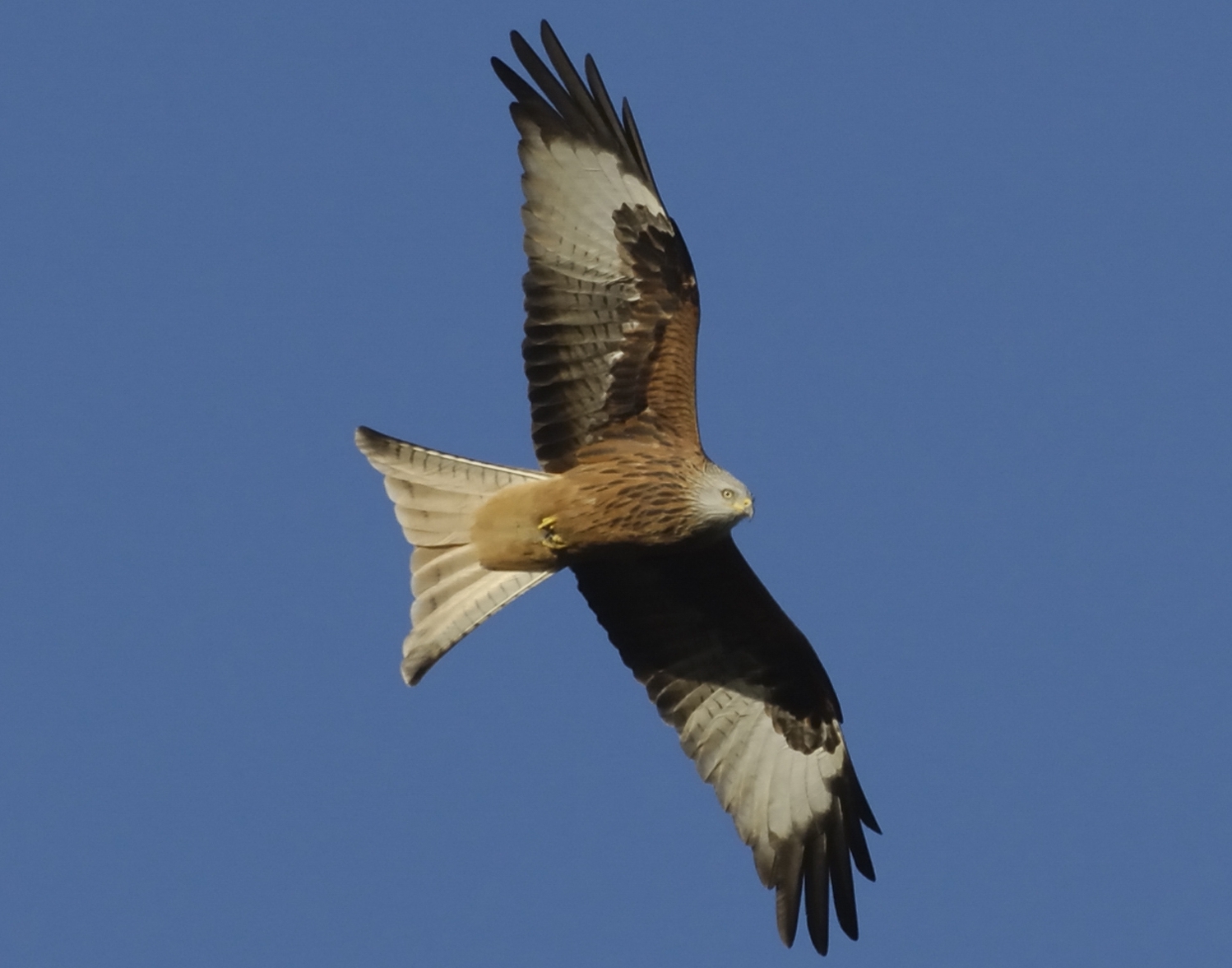What food do birds prefer?
If you have a classroom that looks out onto a green patch, flower bed or hedge why not help your children to do a scientific investigation into what types of food each type of bird prefers? The children can help to plan a fair experiment but at the simplest level the experiment involves putting out piles of different bird food or filling different feeders with different foods and seeing which birds go to which food. Some suggestions for different types of food are:
- fat or suet balls (you could make your own or buy them)
- fruit such as apples, pears, etc
- sultanas and raisins
- peanuts – these should be in a proper peanut feeder, young birds can choke if they try to eat a whole peanut
- bread crumbs
- porridge oats
- different types of seed eg sunflower (compare hearts with unshelled), Nyjer, etc
- grated cheese
And don’t forget to supply some water as well! You will also need some bird identification charts -the RSPB do some excellent wall cards.
The children will need to plan the experiment, or a series of experiments (they may compare the same food but put one on the ground and one in a feeder, etc), how to record the results, how they present the results (tables, graphs, pie charts?), how to write a report and how to interpret the results. They also need to identify who their report is going to be for.
Once they have done this why not publish it on your school website or blog, publicise it to other schools and to parents, give a presentation to other classes or parents, send details of the report to the RSPB, bird food producers (they might send you some free samples!), the local press or local shops that sell bird foods. Send me details of your online report and I will publicise it for you.
Having identified the best foods for particular birds why not make some advertising leaflets promoting the feeding of birds, give them out to parents, leave some in your school entrance to show off your work or take them to your local bird food suppliers?
A search on the Internet should also identify other schools and organisations who are reporting about their bird life and nature studies, maybe you can connect up with them and compare results.
If you need help with identifying birds why not ask the parents, most schools will have one or more “twitchers” amongst their community – just warn them not to give all the answers away!
If you do any of this, sit down at home with a cup of tea looking out of your window at your own bird feeders and reflect on what changes have occurred to your class since you introduced them to birds …. And to you!


